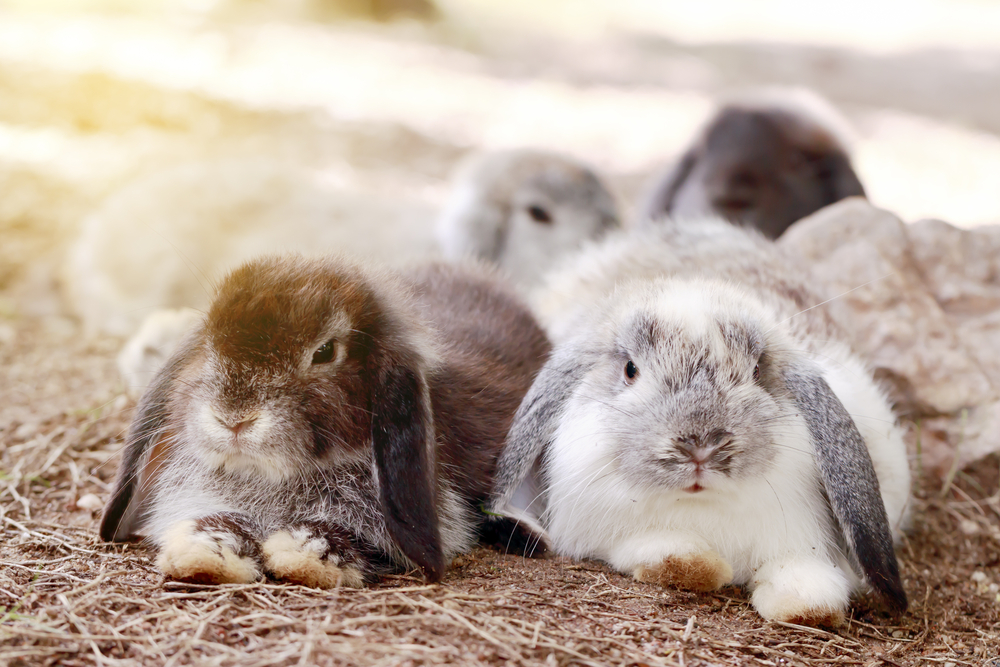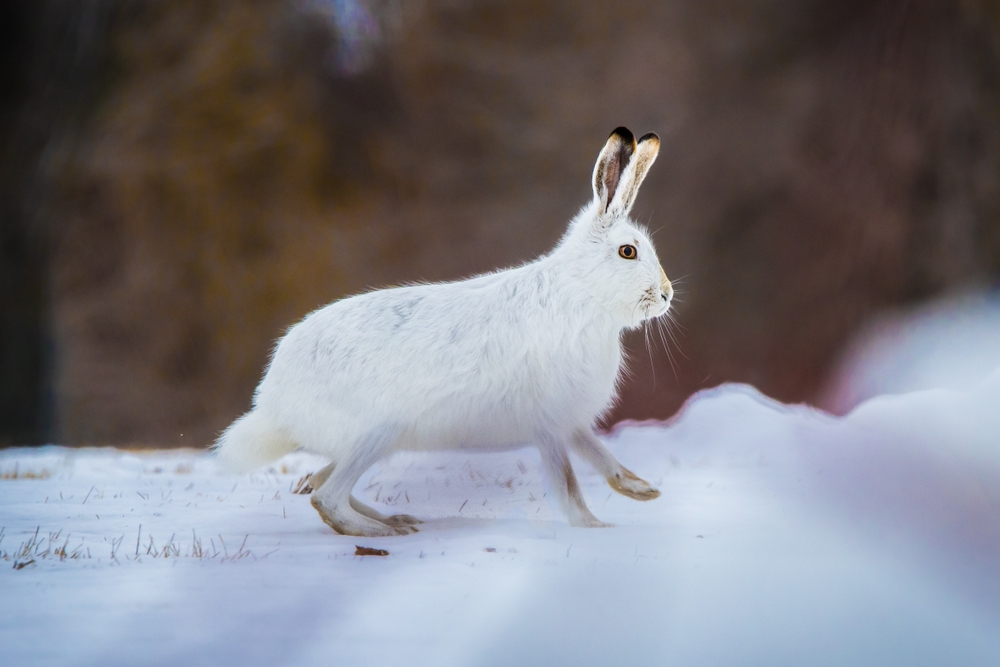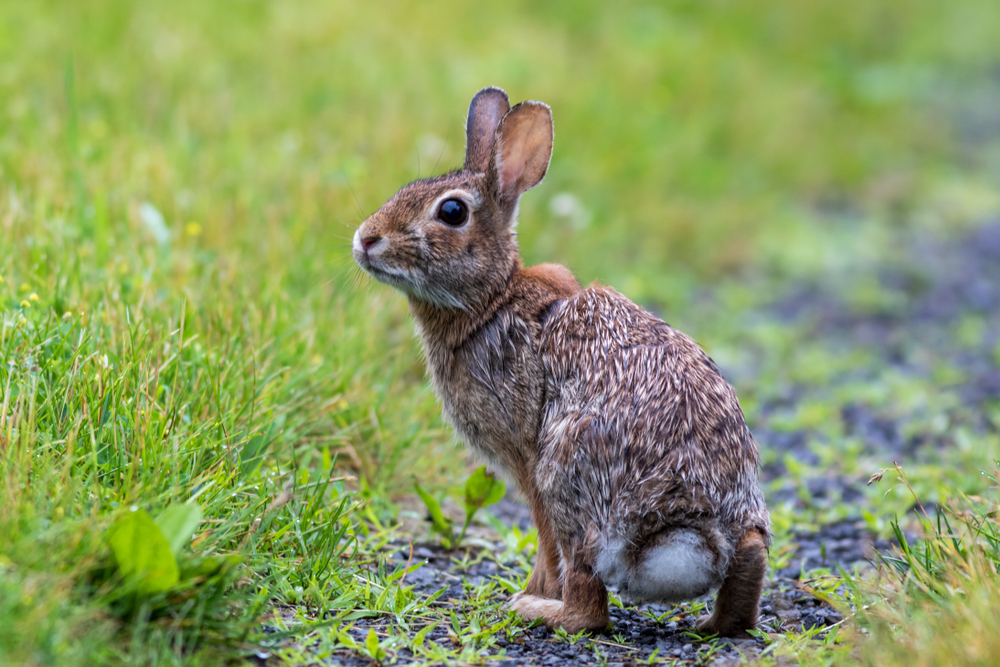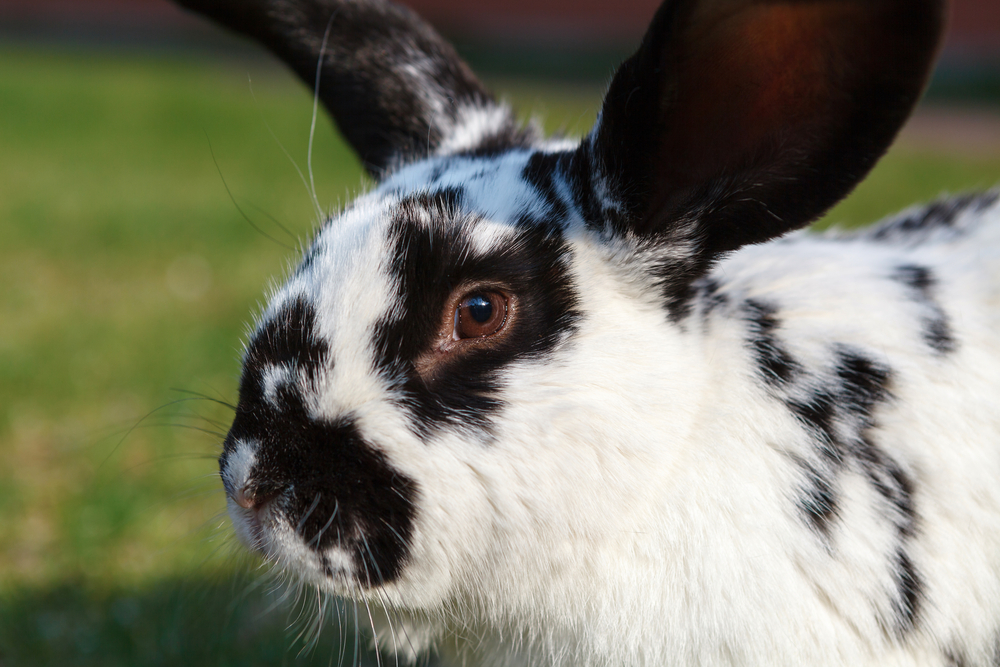About
#Mammals
The Holland Lop is one of the smallest and most beloved domestic rabbit breeds, known for its adorable floppy ears, compact body, and gentle temperament. A member of the Leporidae family, the Holland Lop was developed in the Netherlands during the 1950s by breeder Adriann de Cock, who crossed French Lops with Netherland Dwarfs to create a miniature lop-eared rabbit with a sweet disposition and manageable size.
Weighing just 1.4–1.8 kilograms (3–4 pounds), Holland Lops have a short, muscular frame and a wide, rounded head often described as “bulldog-like.” Their most distinctive feature is their large, pendulous ears that hang on either side of the head. They come in a wide array of coat colors and patterns, with fur that is dense, soft, and easy to maintain with regular grooming.
Holland Lops are friendly, sociable, and intelligent, making them one of the most popular rabbit breeds for families and individuals alike. They enjoy companionship, handling, and interactive play, and can even be litter-trained. Though small in size, they are active and curious, requiring space to hop, explore, and stretch their legs.
Because of their trusting nature and need for gentle care, Holland Lops do best in calm environments where they are protected from rough handling or overly stressful situations. Their diet consists of hay, fresh greens, and specially formulated rabbit pellets, and they benefit from regular veterinary care like all domestic pets.
Charming, affectionate, and full of personality, the Holland Lop has earned its place as a favorite breed in both show arenas and households around the world.
Threatened:
Extinct
Critically Endangered
Endangered
Vulnerable
Near Threatened
Least Concern






































































